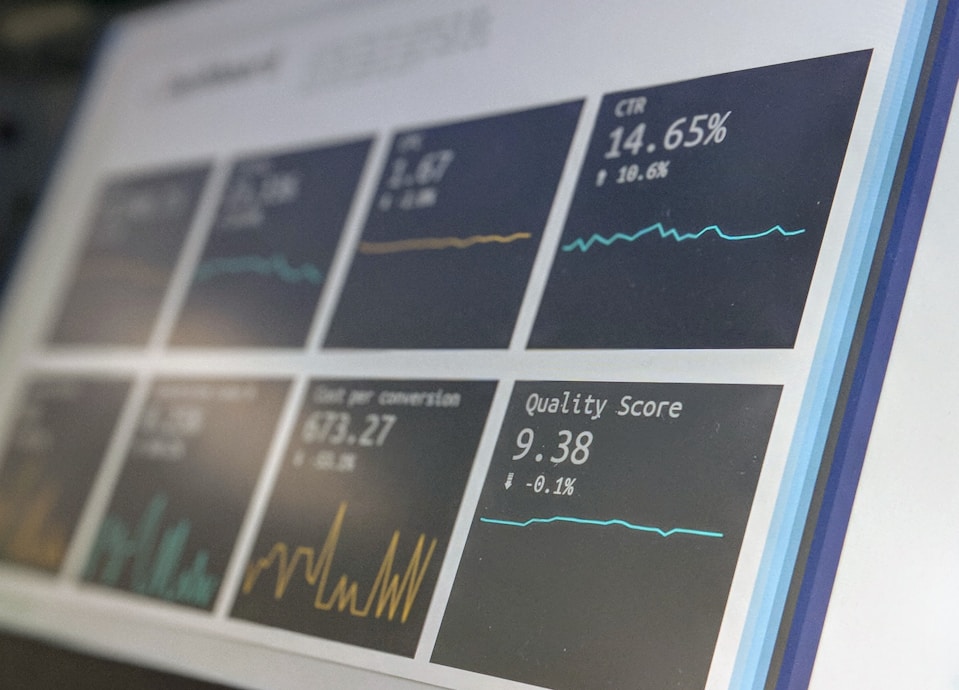Picture that you’re about to cook a delicious dish. Though you have all the required ingredients, you don’t know how to season them properly and follow the steps in the right order. Obviously, the dish will fail.
The same is true for your business data. You might have all the necessary information for its processing and further analytics, but if it’s raw and unstructured, you can hardly get tangible results. So, as you need a recipe for cooking your favorite dish, you need solid data engineering to transform variables into valuable assets.
Obviously, your data should be clear and structured to be useful. That is exactly what data transformation brings to the table. Our publication will sort things out:
- Pros of Data Transformation
- Pitfalls of Data Transformation
- Key Techniques to Consider
- Top 4 Types to be Aware of
- Core Use Cases of Data Transformation
- How to Choose the Relevant Transformation Tool
Core Advantages to Reap From Data Transformation
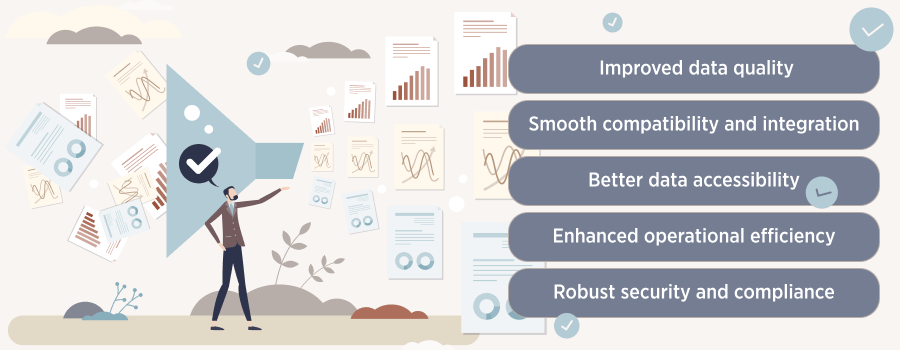
Typically, businesses deal with massive amounts of variables. Without solid data transformation, this vast dataset becomes a chaotic mess, offering no real advantage. Given that, we are probably on the same page about the importance of data transformation to gain a competitive edge. Now, let’s skim through the top benefits of this approach:
- Improved data quality: If you want to work with reliable data, it must be accurate, consistent, and complete. And what is data transformation, if not the key tool to achieve this? Specifically, it removes duplicates, converts data types, and filters out outdated information, thus elevating overall data quality.
- Smooth compatibility and integration: By standardizing data formats, transformation simplifies data exchange between different systems, enabling seamless integration and improving interoperability.
- Better data accessibility: When transforming your data into one format, you can also noticeably simplify data access and analysis.
- Enhanced operational efficiency: Data transformation tools come with automated features that minimize manual effort and maximize accuracy. Plus, automation ensures real-time integration across different systems, which visibly speeds up overall processes.
- Robust security and compliance: Typically, data transformation tools include security measures (e.g., encryption, access controls, anonymization), thus maintaining data handling adherence with industry regulations and standards.
Key Challenges of Data Transformation to Keep in Mind

By now, you may probably think that data transformation is a treasure trove for your business, and that’s right. However, transforming data into meaningful insights can be a real pain in the neck. Not to end up there, consider the following potential pitfalls before the start:
- High initial costs: If you want to set up advanced transformation tools and infrastructure, you may need deep pockets.
- Resource intensity: Your IT infrastructure should be powerful enough with high storage capacity to handle large volumes of data, which will most likely grow over time. Otherwise, it may slow down your systems.
- Lack of expertise: Even if you excel in the previous two factors but do not have a skilled team with appropriate knowledge in data engineering and analytics, all your efforts may fall short.
Check our guide to see how to Hire a Relevant Development Team
Top Data Transformation Techniques to Utilize
Generally speaking, advanced technologies rarely follow a one-size-fits-all approach to drive progress. The same is true for data transformation. Depending on your business needs and priorities, there are different techniques of this innovation to consider. You can also combine some of them for better outcomes. Below you will find the core ones to keep an eye on:
Cleaning

There’s probably no need to give a definition of this method. The name says it all. It removes duplicates and irrelevant entries, fills in missing values, and fixes inconsistencies, all leading to more accurate insights.
Consider you’re running a campaign on healthy eating habits for diabetics. You have a huge dataset in your healthcare app, but you’re not going to send the same offering to every customer, right? Instead, you need clear, accurate customer information to tailor your offers.
At the same time, you don’t want your target clients to receive the same email multiple times, which could happen without duplicate removal. Bombarding a person with the same offering won’t do your business any favors. And that is just a humble example to highlight the value of data cleaning.
Normalization
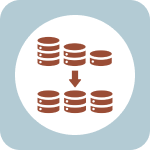
We’ve already mentioned the importance of bringing data into one format or scale for smooth analytics. The normalization method is responsible for this.
Let’s say you collect data from your insurance software across different sources, and you need to analyze the incomes and spending habits of a specific group of clients to create relevant offerings. You plan to build your offerings in USD. However, the data you receive comes in various currencies. One source provides income in USD, others in EUR, third one in GBP, etc.
By utilizing normalization techniques, you can convert all income data into a USD format, regardless of how it was originally collected. This allows you to gain a comprehensive view of your clients’ financial behavior empowering you to craft solid packages.
Find out more reasons why Insurance Companies Need Data Analytics
Aggregation
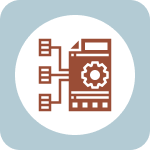
Next up on our list of data transformation methods is aggregation. Its main goal is to bring variables from multiple sources into a single dataset based on similarities.
Consider you have crafted a well-being program to remotely monitor and improve heart health with patients at high risk for tachycardia. The aggregation will help you group these individuals into a “tachycardia risk” category, allowing you to quickly identify and reach your target customers.
See how we help our client excel in Remote Patient Monitoring for Urology Care
Discretization

Sometimes, because of the huge volume of data, even when grouped into a single format, it can still be difficult to provide meaningful insights. For example, if you use normalization to classify people by their year of birth, you may still need another method, like distinct categories, for more robust data analysis. This is where discretization comes in.
It’s especially useful for processing variables through algorithms like decision trees, which understand categories better than continuous numbers. Instead of working with exact birth years, you can divide people into broader groups like “18-30,” “31-44,” or “45-64.”
Encoding
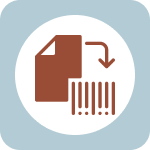
It’s hard to picture data analytics without machine learning in place, isn’t it? However, to make variables understandable for ML algorithms, they need to be saved in numerical formats. This process is called encoding.
For example, if your target audience is females located in New York, you may use the number 1 for females and the number 2 for New York to help the algorithm handle the needed data.
Generalization
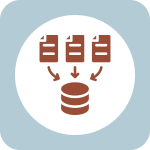
And the last technique on our list is generalization. At its core, this method focuses on transforming data into more general forms to help ensure anonymization during analysis. Plus, it protects personal information from possible cyber attacks.
For example, you need to analyze your customer data to elevate personalization. You collect private information through your fintech solution like birth date (day, month, year), income level, spending on shopping, etc. Instead of utilizing such sensitive data, you can use general formats.
That is to say, consider using the customer’s age range based on their birth year instead of saving the exact birth date. Alternatively, categorize spending on shopping and incomes into intervals like $50,000-$70,000, rather than specifying exact amounts.
4 Types of Data Transformation Methods
You may come across four main types of data transformation methods on the web: constructive, destructive, aesthetic, and structural. The thing is, they’re quite similar to the techniques we’ve already covered. Hence, instead of beating around the bush, let’s take a look at the image below to get familiar with them.
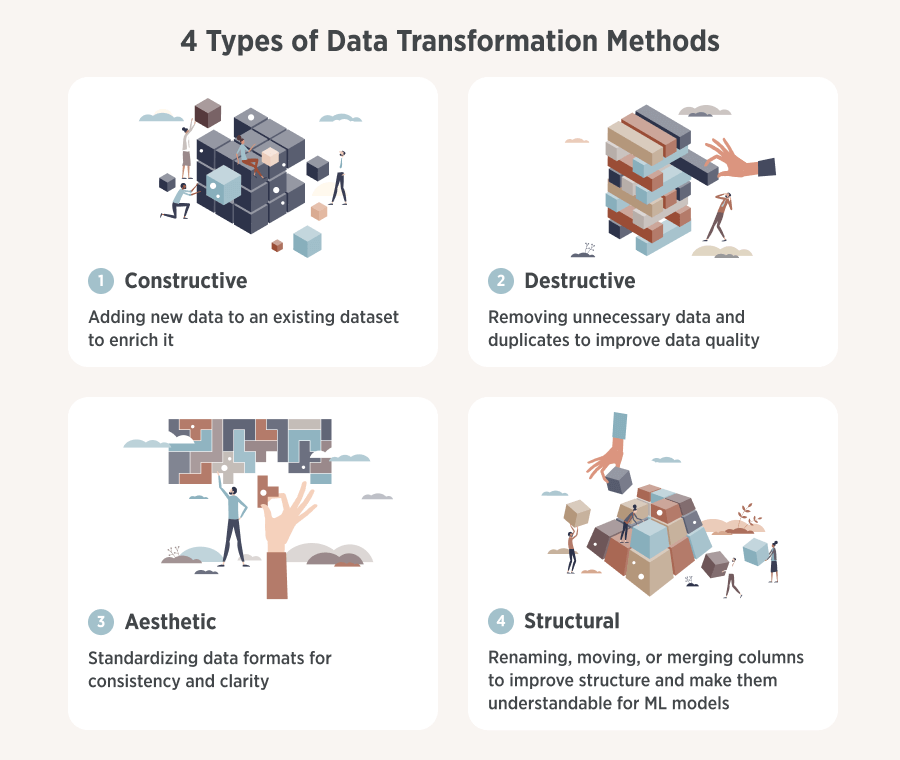
Where Can Data Transformation Come in Handy? Core Use Cases to Consider
What would you say if we asked you to guess the main uses of data transformation? Most likely, you’d mention data analytics and ML models. And if you did — nailed it! But let’s dive into a quick overview of where it really makes an impact.
1. Big Data Analytics
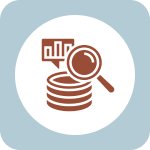
We’ve already explored several cases where data transformation becomes a really tasty morsel for handling data effectively. And really, if you don’t manage your data properly, you’ll end up in chaos.
So, before diving into big data analytics, it’s definitely worth applying transformation techniques to make your variables clean and structured.
2. Business Intelligence

Big data and BI go hand in hand. The first one can give you a deep picture of your overall business processes, highlighting areas of improvement. However, understanding these insights isn’t always a walk in the park.
BI tools can be incredibly helpful in navigating such challenges. Specifically, BI assists in creating dashboards and reports making data way more understandable. Without transformation tools in place, it would be difficult to prepare and clean the data for processing with business intelligence solutions.
BI for Business
Find out the secrets of how business intelligence boosts operations and what BI tools and practices drive data analysis.
3. Data Warehouse

Typically, businesses collect data from different sources, and ideally, they need a place to store, organize, and process it. This makes a data warehouse incredibly important.
While you can collect variables in one place, it’s preferable to store them in a clear and structured format, even if you don’t plan to process them immediately.
As such, you can avoid wasting precious time transforming raw data into meaningful insights later. So, before placing data in a warehouse, it’s definitely worth applying data transformation techniques to keep variables accurate. This will lead to efficient querying and analysis whenever needed.
Discover more Interesting Ground About Data Warehouse
4. Machine Learning
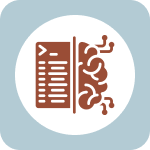
Another prominent use case of data transformation you can see is in machine learning. Typically, algorithms of machine learning deal with various data types, and to analyze them properly, they should be cleaned and organized. Additionally, data transformation helps structure the variables effectively for ML training.
Plus, as we’ve mentioned, one of the core transformation techniques — encoding — converts textual data into numerical form, making it usable for ML models.
5. Data Migration
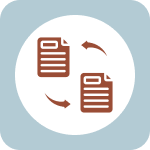
Modernizing your legacy system is no bed of roses. This process often requires robust data transformation to maintain consistency and accuracy during migration.
In particular, by using data transformation tools, you can seamlessly convert formats, map fields, clean, and standardize your data. Thus, ensuring everything is compatible and ready to integrate with the new system.
How to Choose the Right Data Transformation Tool?
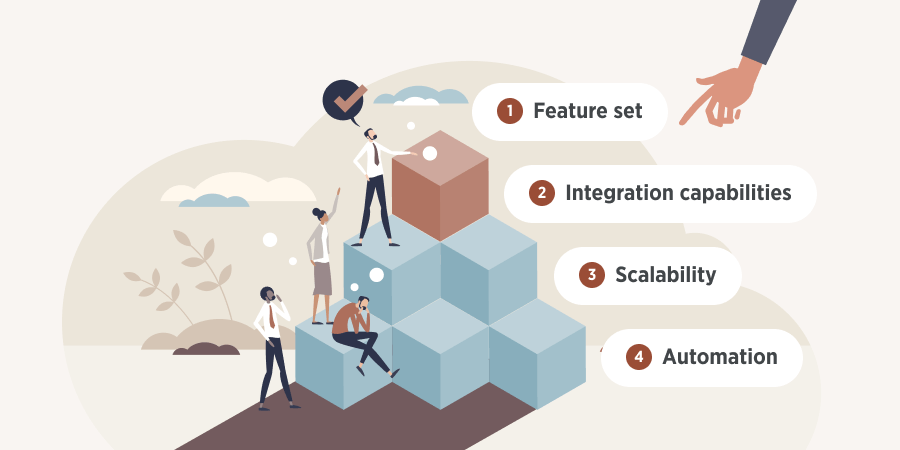
When it comes to the data transformation process, it’s essential to employ the right tools. Of course, if you partner with a team experienced in data processing or have experts in house – including software QA services – you ensure that your data transformation runs cleanly and reliably.
- Feature set: Make sure the chosen tool includes all the functionalities you will require, such as cleaning and converting data, filtering missing values, standardizing formats, etc.
- Integration capabilities: Most likely, you will receive data from various sources, so your tool should integrate easily with sources like Excel sheets, APIs, cloud storage, and the like.
- Scalability: Your business data volume grows over time, meaning your platform should be able to scale accordingly.
- Automation: Though data transformation tools are considered to have automation features like daily data refreshes, cleaning, and processing, make sure the tool you choose supports all of them.
If you need an in-depth guide about the overall data transformation process, we have an article with a comprehensive explanation. Check it out for more insights.
Excited to have a look at our guide on the data transformation process?
It’s Time to Make Your Data Work for You
Given that data transformation is your bread and butter to achieve robust data analytics and gain a competitive edge, you’re probably not questioning its importance. Still, you may require some assistance to sort out things.
If so, our engineers with proven skills in data engineering and transformation are ready to bring their expertise to your project. Contact us for more details.






















